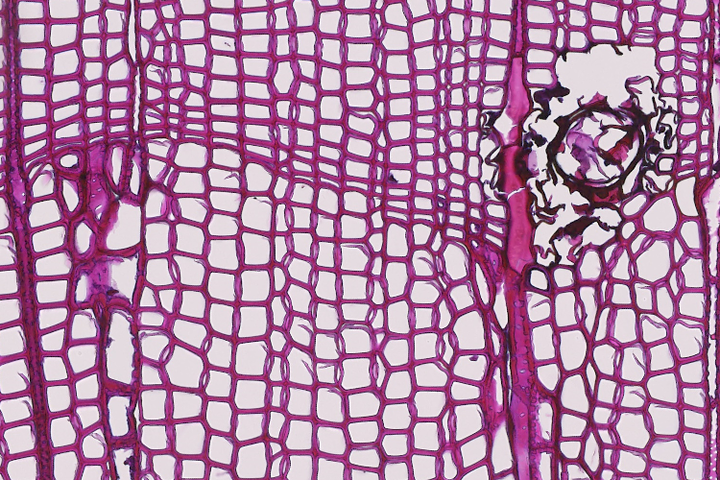Rocky Mountain bristlecone pine wood anatomy

This study investigates the complex relationships between climate variability and tree growth in Rocky Mountain bristlecone pines (Pinus aristata) across an elevation gradient using tree-ring wood anatomy. We analyzed 100 years of tree-ring data from two sites in New Mexico, one at a lower elevation and one at a higher elevation. There are distinct climate signals at the two sites. At the lower elevation, ring-width and cell data from the early part of the tree ring show a dominant moisture signal in the months prior to and at the beginning of the growing season. At the higher elevation, trees reflect both moisture and temperature signals during the growing season; early ring-width and cell data show a moisture signal and late ring-width and cell data relate to temperature. Cell size from the early part of the tree ring at both elevations is more sensitive to drought compared to traditional whole-ring measurements. Furthermore, we observed a decline in the temperature sensitivity of wood formation at higher elevations, suggesting shifts in the dominance of the growth limiting factors. These findings emphasize the value of integrating high-resolution wood anatomy data with traditional ring-width measurements for studying forest responses to climate change.